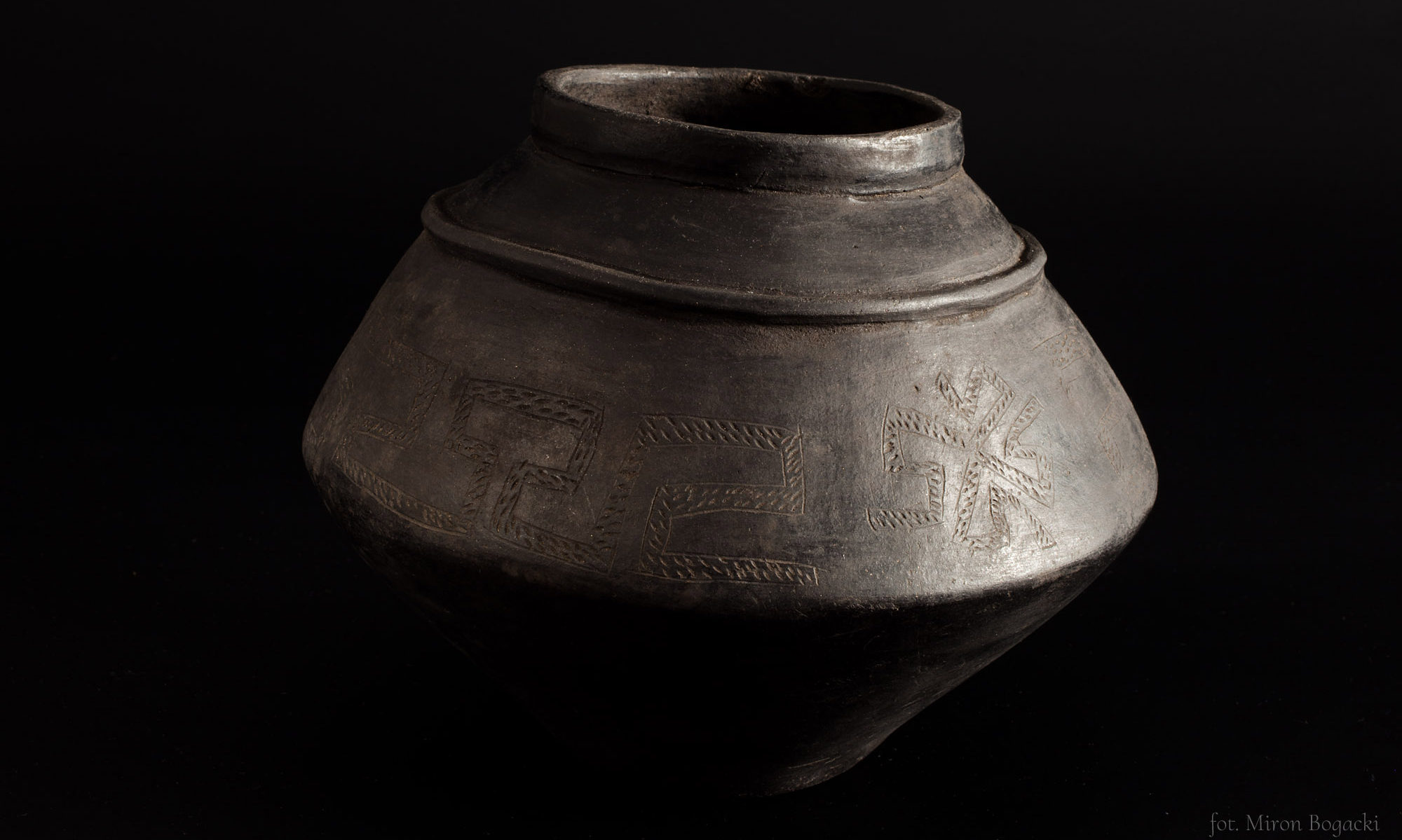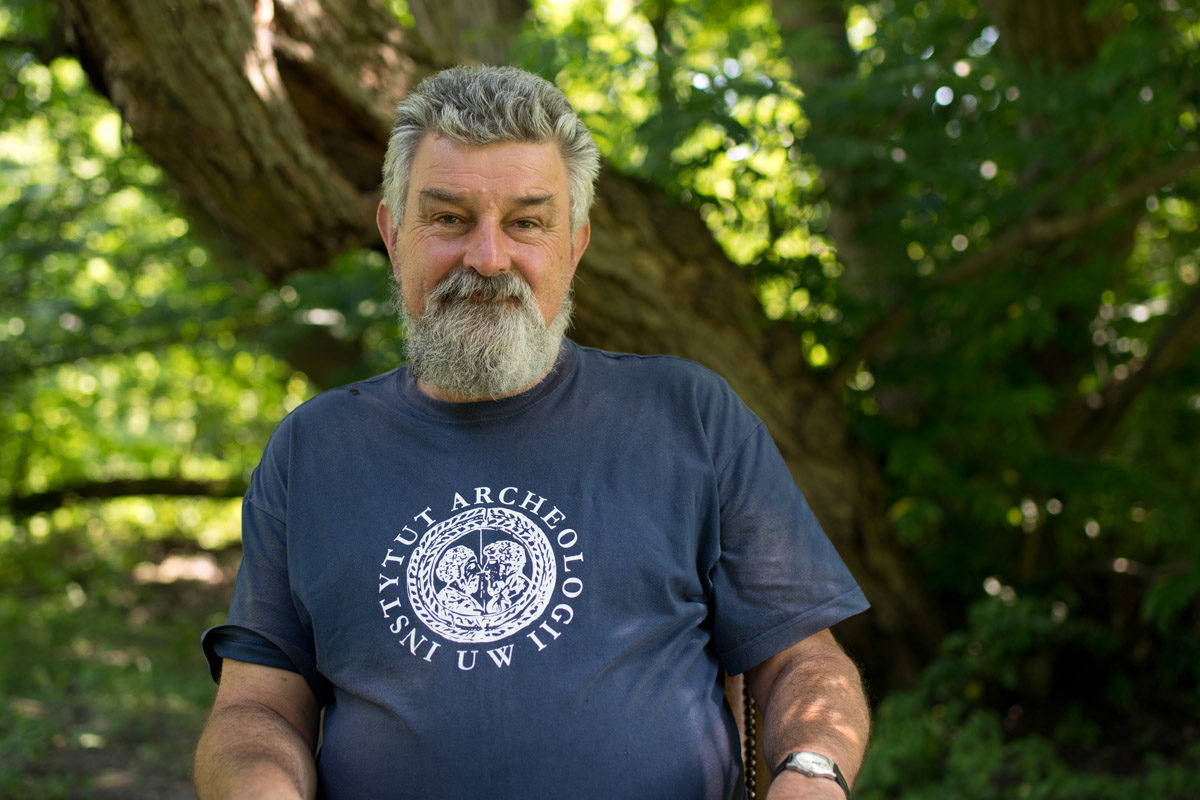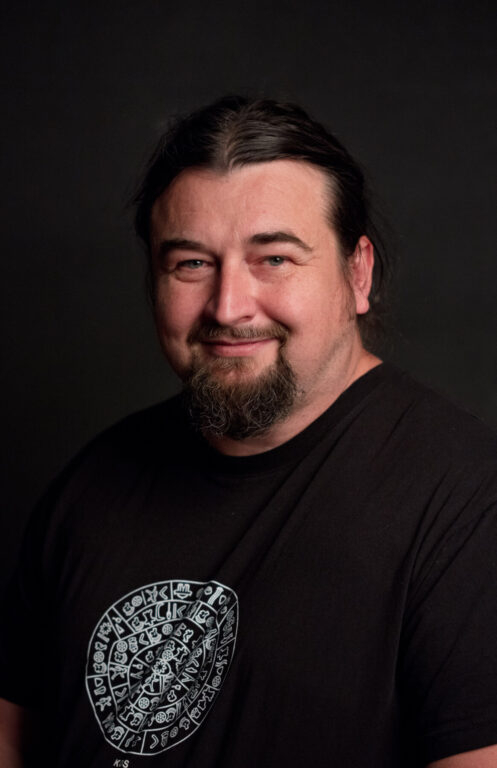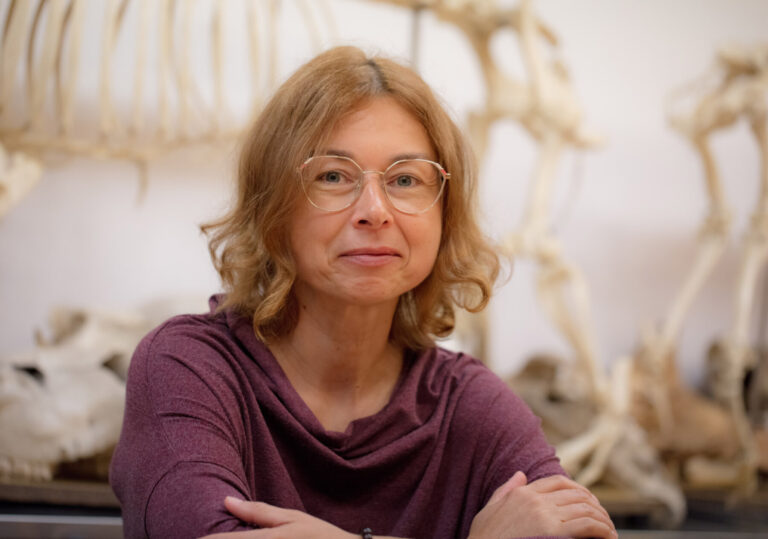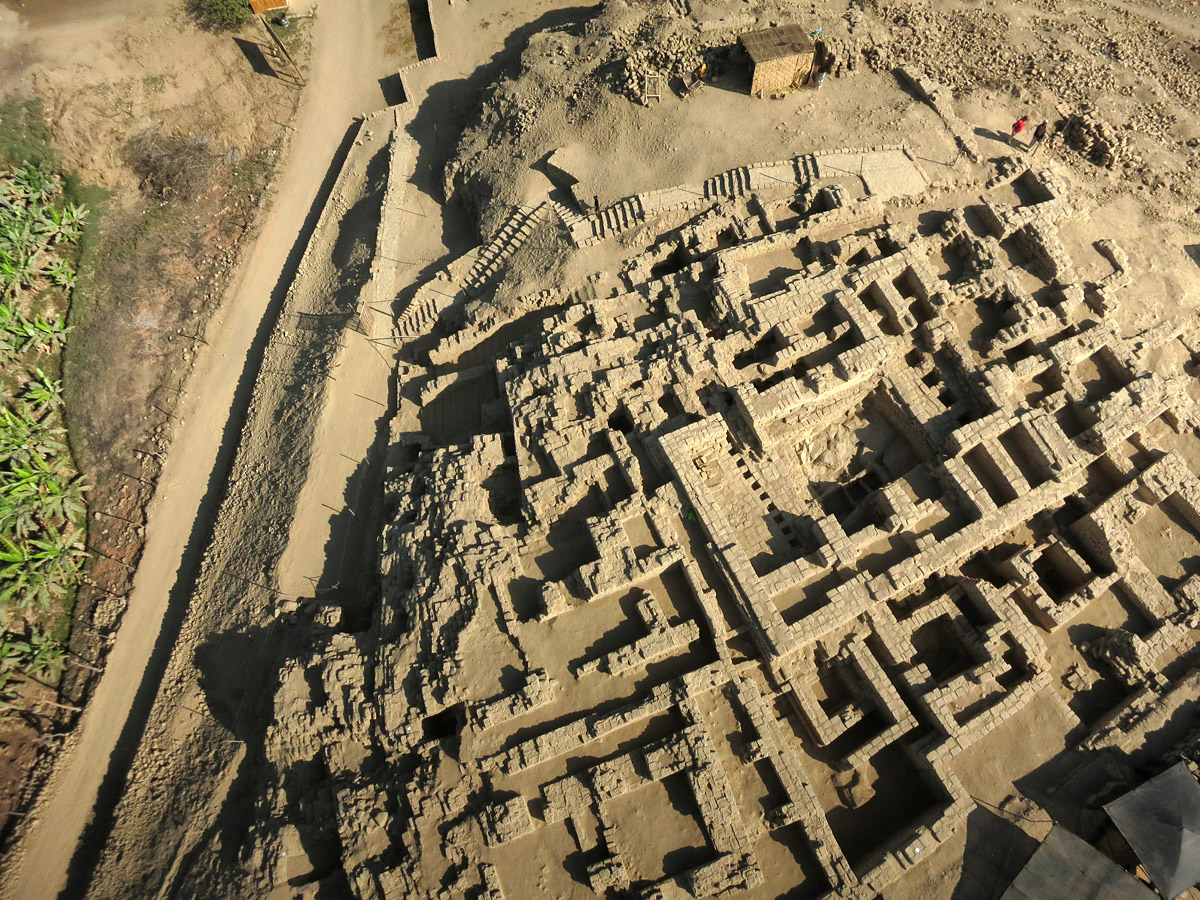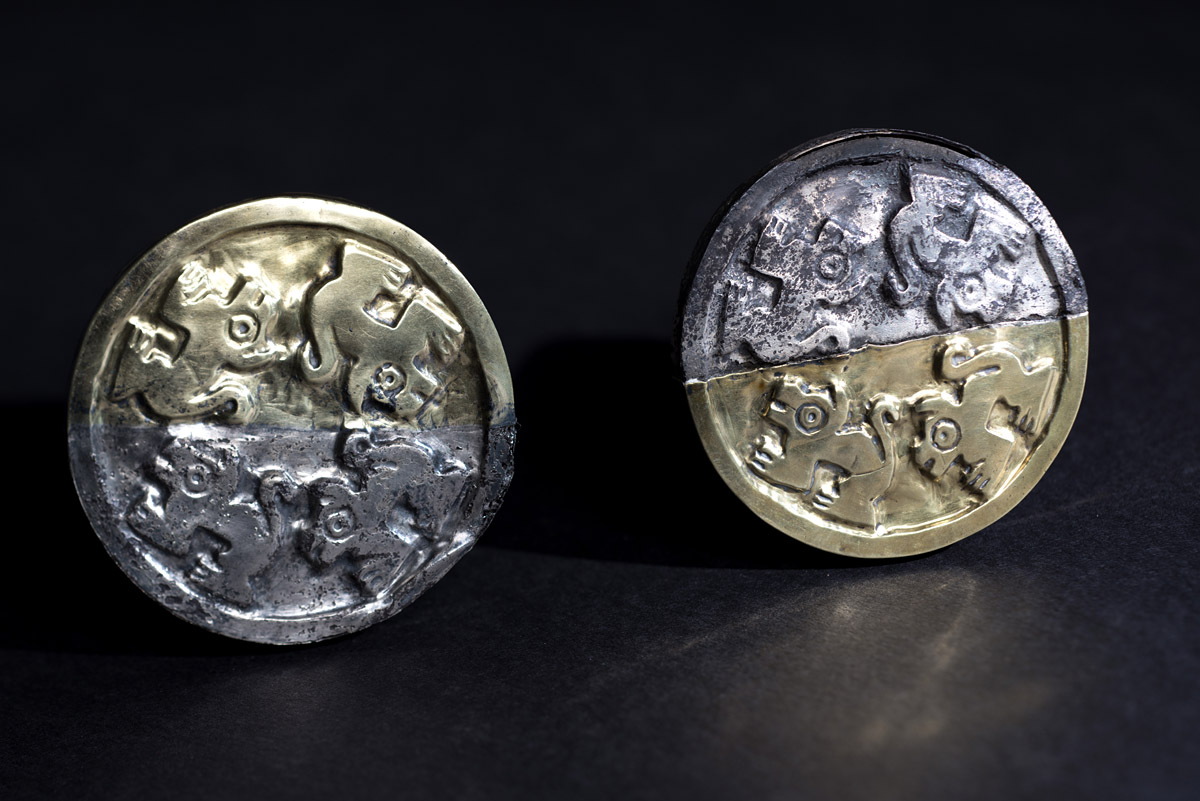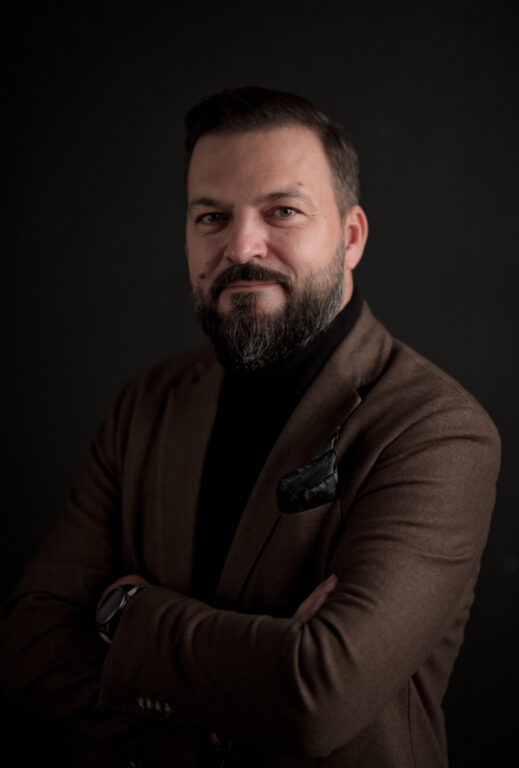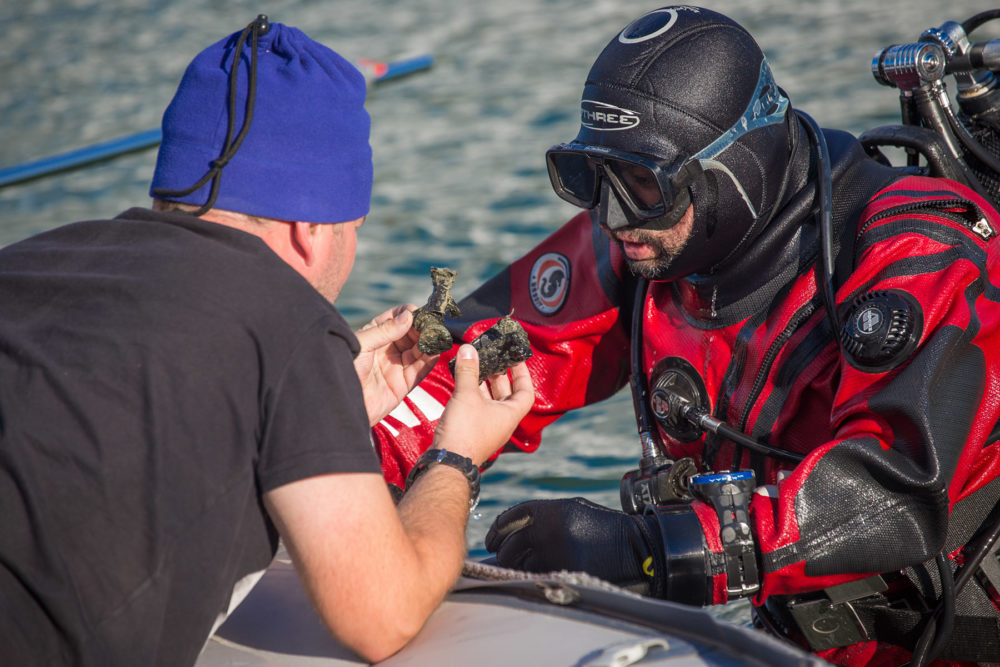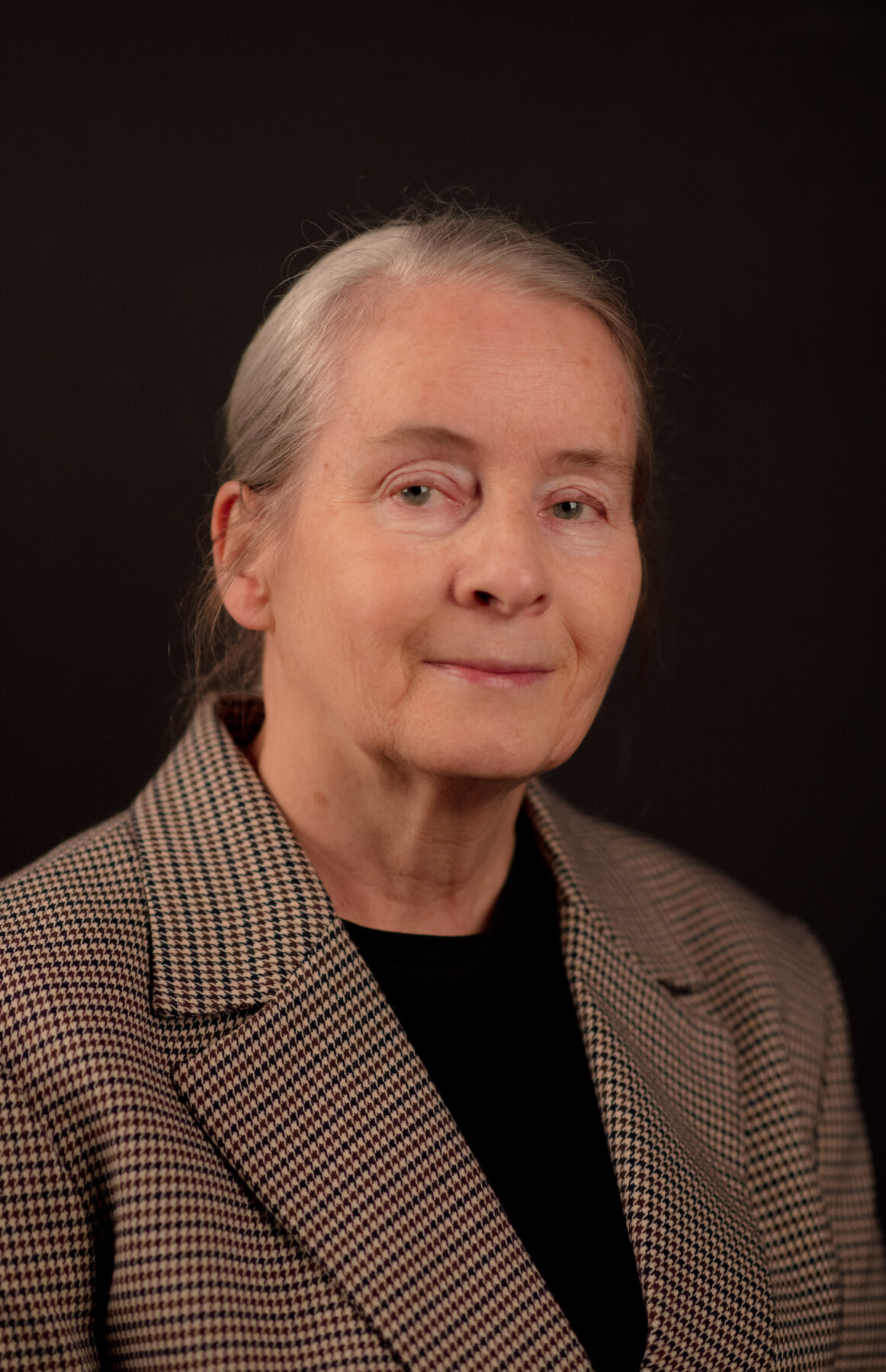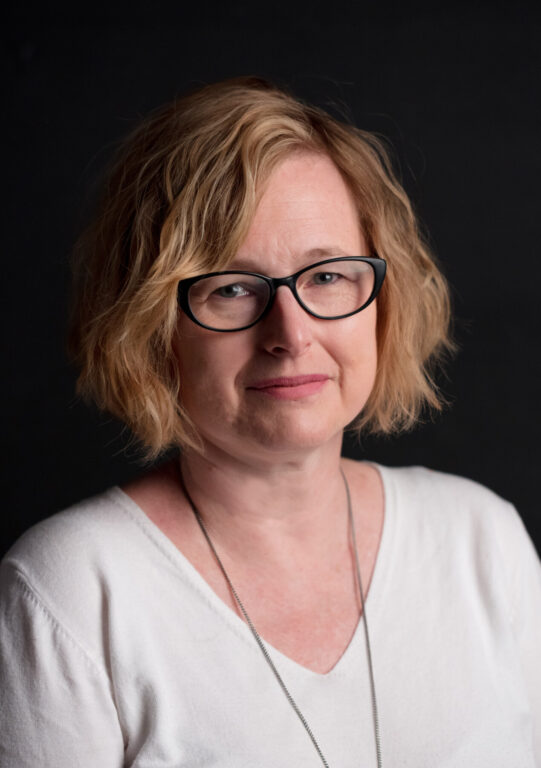
dr hab. Dobrochna Zielińska
Katedra Archeologii Egiptu i Nubii
e-mail:
d.zielinska@uw.edu.pl
phone number:
+48 22 55 22 808
duty hours:
Tuesday 3.00 p.m. – 4.30 p.m., room 3.08
Wednesday 11.00 a.m. – 1.30p.m., room 3.08
research interests:
– Archaeology of Egypt and Nubia
The art of the Nile Valley in Late Antiquity and the Middle Ages. Material and immaterial aspects of wall painting, with particular reference to the Nubian wall paintings.
bibliography:
Zielińska, D., „Faras Cathedral: A Witness of Art Development in the Nubian Kingdoms of Nobadia and Makuria”, Journal of the National Museum in Warsaw 5(41), 2016, 46–53
Zielińska, D., „Painted Decoration of the Central Hall: Preliminary Inventory”, [w:] D. Dzierzbicka, W. Godlewski (eds.), Dongola 2012-2014. Report On Excavations, Conservation Work And Site Management, Warsaw, 2016, 25–42
Zielińska, D., „Painted decoration of Building V (Royal Church) on the Citadel: state of research”, [w:] D. Dzierzbicka, W. Godlewski (eds.), Dongola 2012-2014. Report on excavations, conservation work and site management, Warsaw, 2016, 103-110
Zielińska, D., „The Iconography of Power – The Power of Iconography: The Nubian Royal Ideology and Its Expression in Wall-Painting”, [w:] The Fourth Cataract and Beyond Proceedings of the 12th International Conference for Nubian Studies, Anderson J.R., Welsby D.A (eds.)[=British Museum Publications on Egypt and Sudan 1], Peeters, Leuven, 2014, 943–950
Zielińska, D., „The painted decoration of the church at Sonqi Tino in the context of the iconographical program of Nubian churches”, Scienze dell’Antichità 18(2013), 413–418
Zielińska, D., „Hawarte 2007. Reconstruction project of the painted decoration”, Polish Archaeology in Mediterranean XIX [=Reports 2007], Warszawa, 2011, 527–535
Zielińska, D., „The Iconographical program in Nubian churches: Progress Report Based on a New Reconstruction Project”, [w:] Between the Cataracts. Proceedings of the 11th Conference for Nubian Studies, Warsaw University, 27 August – 2 September 2006. Part two, fascicule 2 [= PAM Supplement Series 2.2/2], Warszawa, 2010, 643–651
Zielińska, D., „Edifice without parallel: the Cruciform Building on the Citadel in Od Dongola”, [w:] Between the Cataracts. Proceedings of the 11th Conference for Nubian Studies, Warsaw University, 27 August – 2 September 2006. Part two, fascicule 2 [= PAM Supplement Series 2.2/2], Warszawa 2010, 695–703
Zielińska, D., 2004, „The Painted Decoration of the Cruciform Building (B.III) in Dongola. Preliminary Report”, Polish Archaeology in the Mediterranean XV: Reports 2003, 216–223
Innemée, K.C. Zielińska, D., „The King and the Cross, the iconography of a painting in the throne hall of Dongola” [w:] Proceedings of the 13th International Conference for Nubian Studies (1-6 September, 2014), Peeters Publishers, 2018, 615–624
Danys, K., Zielińska, D., „Alwan Art: Towards an Insight into the Aesthetics of the Kingdom of Alwa through the Painted Pottery Decoration”, Sudan & Nubia 21, 2017,177–85
Łajtar, A. Zielińska, D., „The northern pastophorium of Nubian churches: Ideology and function (on the basis of inscriptions and paintings)” [w:] A. Łajtar, A. Obłuski, I. Zych (eds.), Aegyptus et Nubia Christiana. The Włodzimierz Godlewski Jubilee Volume on the Occasion of his 70th Birthday, Warsaw, 2016, 435–457
Wagner M., Zielińska D. (eds.), Hawarte. Last Masterpieces of Ancient Painters, Wagner M., Zielińska D. (eds.),Warszawa, 2012, “A Roman mithraeum in virtual space”, [w:] The Last Masterpieces of the Ancient Painters: The Mithraeum of Hawarte, Warszawa, 2012, 89-93
Godlewski, W., Obłuski, A., Zielińska, D., 2005 „Uli Island. Preliminary Report”, Polish Archaeology in the Mediterranean XVI: Reports 2004, 339–356
Syta, O., Wagner, B., Bulska, E., Zielińska, D., Żukowska, G. Z., Gonzalez, J., Russo, R., „Elemental imaging of heterogeneous inorganic samples by means of simultaneous laser induced breakdown spectroscopy and laser ablation inductively coupled plasma mass spectrometry measurements” , [w:] Talanta. The International Journal of Pure and Applied Analytical Chemistry, 179, DOI: 10.1016/j.talanta.2017.12.011
Syta, O., Rozum.,K., Choińska, M., Zielińska, D., Żukowska, G. Z., Kijowska, A., Wagner, B., „Analytical procedure for characterization of medieval wall-paintings by X-ray Fluorescence Spectrometry, Laser Ablation Inductively Coupled Plasma Mass Spectrometry and Raman Spectroscopy”, Spectrochimica Acta Part B: Atomic Spectroscopy, Elsevier, 10.1016/j.sab.2014.08.003
Williams, B., Danys-Lasek, K., Heidorn, L., Obluski, A., Then-Obluska, J., Reshetnikova, N., Tsakos, A., Zielińska, D., „The Oriental Institute Nubian Expedition Publication Project” [w:] Oriental Institute 2012-2013 Annual Report [https://oi.uchicago.edu/sites/oi.uchicago.edu /files/uploads/shared/docs/ar/11-20/12-13/12-13_OINE.pdf]
